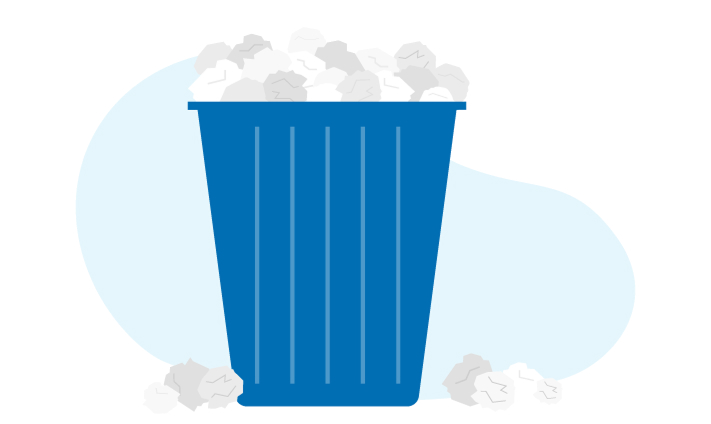The answer varies from policy to policy. First and foremost, you need to understand what life insurance is. Life insurance is meant to provide a lump sum to your beneficiaries in the event of your death from natural causes, accidents and most diseases. There are some circumstances under which policy benefits aren’t payable, and some things they don’t cover.
Mortgage insurance
Mortgage insurance, which can be purchased separately from your life insurance policy, ensures your mortgage will be paid off if you pass away.
The lump sum paid out by a life policy could be used toward paying off your mortgage, but having separate mortgage insurance allows you to remove this expense and save the life policy benefits to cover the other financial needs of your beneficiaries.
Disability and critical illness
You can purchase critical illness insurance and disability insurance separately. Life insurance benefits are only payable on the death of the policy holder.
Suicide
Some life insurance policies do allow for the payment of benefits in the event of a suicide if the policy is over two years old, while others don’t cover suicide at any time while the policy is in force.
Here are some helpful resources for people with suicidal thoughts and feelings.
Other exclusions
Exclusions are situations in which the insurer will not pay out benefits. These will be listed in your policy and it’s important to read and understand them. Some examples may include pre-existing medical conditions, reckless endangerment (e.g. if you die racing a car), or if you die while committing a crime. In situations like this, your beneficiary may not receive benefits.
If you’re concerned about what’s covered under your life insurance policy, contact your Financial Advisor and ask them about your specific concerns.





 Home
Home
 Auto
Auto
 Life
Life
 Recreation
Recreation

